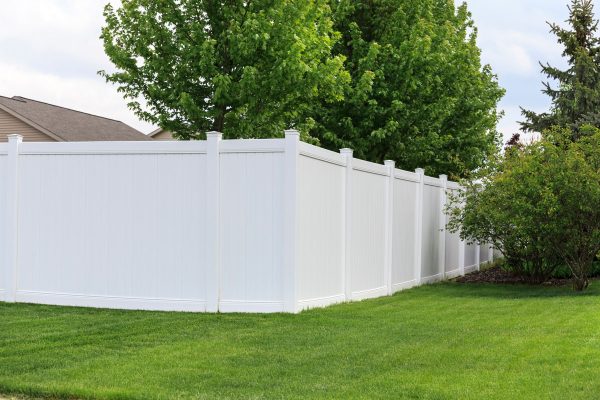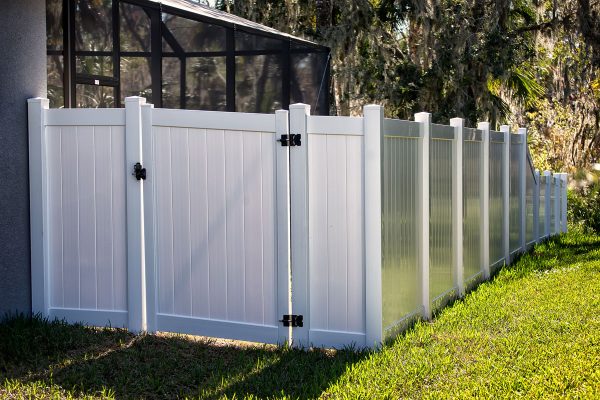When planning to install fences, it is crucial to be careful with the installation, and you must follow all the advice of the experts. If you plan to install a vinyl fence, do you think it should touch the ground? Well, we are also curious about this particular matter. So, we have conducted thorough research to learn the answer and share it with you.
You should not install vinyl fencing too close to the ground. Vinyl touching the ground can potentially lead to the fence's instability.
Aside from not touching the ground, as we have mentioned, there are many fence installation mistakes that you should avoid. And to be aware of those things, we suggest you keep reading. These things will apply to vinyl fences and all types of fences. Please, read on!
![A white vinyl fence running across a yard on spring day with blue sky and trees in the background, Can Vinyl Fence Touch The Ground? [Plus Tips On How To Close The Gap]](https://fencefixation.com/wp-content/uploads/2022/06/Can-Vinyl-Fence-Touch-The-Ground-Plus-Tips-On-How-To-Close-The-Gap.png)
Why Should You Not Let Vinyl Fence Touch The Ground?

If you don’t want to make the same mistake as most homeowners, you should avoid letting your vinyl fencing touch the ground. Most people believe that since vinyl materials will not rust or rot, they can come into contact with the ground -not true!
If your vinyl fences are touching the ground, you can expect that snow, for example, could slowly gather against your fence panels -that would make your fence unsteady and potentially fall because of the pressure.
Lastly, if the vinyl fence panels are too close to the ground, it could lead to flooding in the vicinity. This could render your fence to be unstable and also pose risk to landscaping.
How To Close the Gap Between Vinyl Fence and the Ground?
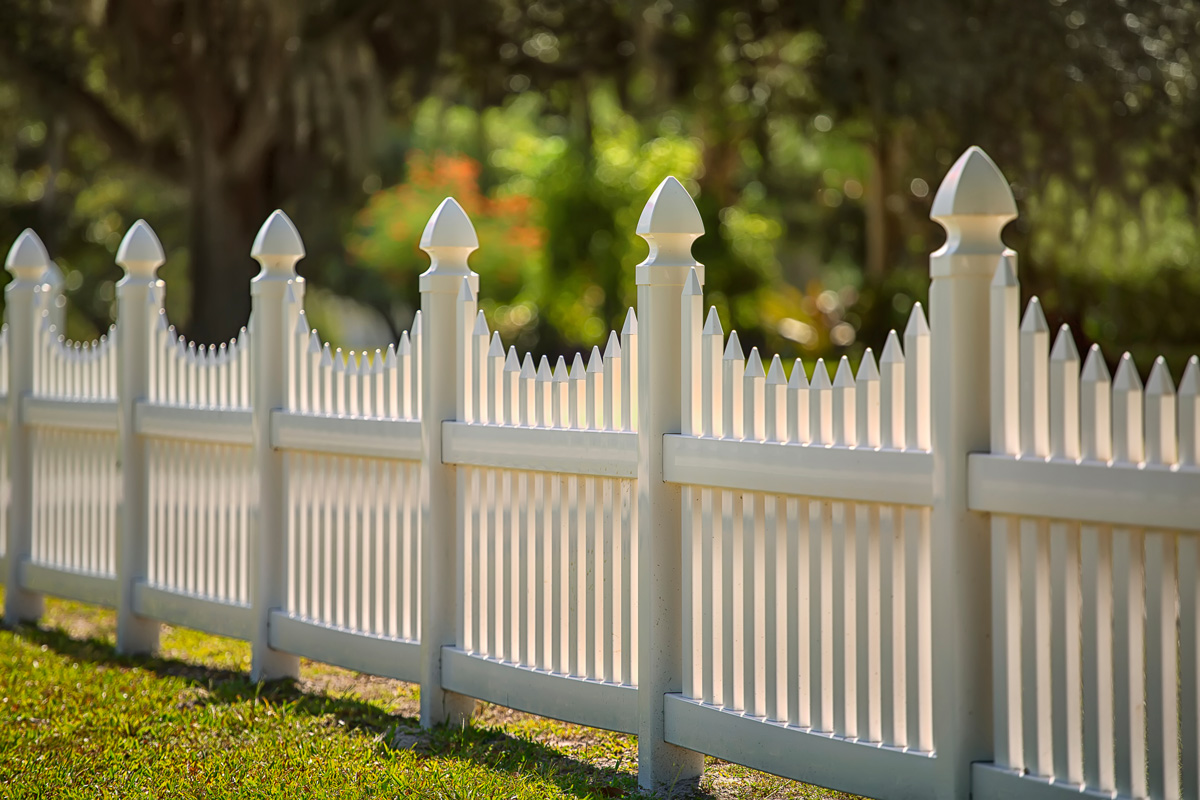
Installing a vinyl fence is excellent since it has many benefits. However, if it worries you that you can’t install vinyl fences touching the ground, there are various methods that you can do to fill in the gaps between the ground and your vinyl fence panels.
1. Stepping
One typical method for installing a vinyl fence on a sloping yard is by stepping the fence. This strategy means that rather than lining up the vinyl panels to make the fence level at the top, you should just line it up so that it is level with the ground as it travels down the slope.
If at all feasible, lower the fence panels at the same time—drop one panel by three inches, then the next by the same amount, and so on.
And if you will be using this method, keep in mind that you should still keep a tiny gap between the ground and the base of the vinyl fence. However, the gap should cease getting larger as the vinyl fence goes down along the slope.
There is one significant advantage of this particular method. It won’t require any extra tools or materials, so you won’t need to spend additional costs to perform this technique.
2. Mound Or Dirt
This particular gap-filling technique is exactly what it sounds like. All you need to do is fill the gap under the fence using dirt.
The dirt must be pushed closely into the gap to be effective. It is an excellent option to utilize if you merely want to eliminate the gap because of how it appears. And if you ever need to move or pull down your fence, to move or change mounds of soil is also quite simple.
Unfortunately, we don’t recommend this approach if you have dogs or any animals that tend to dig through the dirt. This method is unlikely to be effective if that is the case.
3. Barrier
Another option you can do for the gap between the ground and your fence is to install a barrier of some kind.
To do this, make sure that each piece of vinyl fencing is level at the top. Then, at the bottom of the fence, bolt pieces of vinyl or other material to close any gaps that occur.
This strategy is both cost-efficient and successful in keeping animals in — or out of — your property. You can also alter or relocate the barrier to fit any changing landscaping alongside your fence.
4. Rock Filler
In this method, you must use small stones or rocks to fill the gap between the ground and your vinyl fences.
You can start laying down the rocks even before setting the vinyl fence panels, or you can utilize them to cover the openings as they emerge while you are putting up the vinyl fence.
We highly suggest this approach since it is excellent in adding security and stability to the bottom of your fence while ensuring your animals are safe on the right side of your fence.
Lastly, if you want to make changes to your fencing, this is easy and quick to remove. It's also affordable.
5. Solid Filler Or Curb
Filling a gap at the base of your vinyl fence with a curb or solid filler is generally the most effective method. We will use concrete for this approach, as it offers a solid structural foundation for the vinyl fence.
It is also unattainable to dig through or relocate, keeping dogs, vermin, youngsters, and visitors on the right side of the fence.
Concrete is a time-consuming material to work with, especially if you have never done it before.
Because concrete hardens with time and becomes more difficult to break through, the curb is unlikely to require repairs. And if your demands change and you want to move or take down your vinyl fence, this filler will be considerably harder to remove or adapt than dirt, stones, or even a plastic barrier.
What Is The Composition Of A Vinyl Fence?
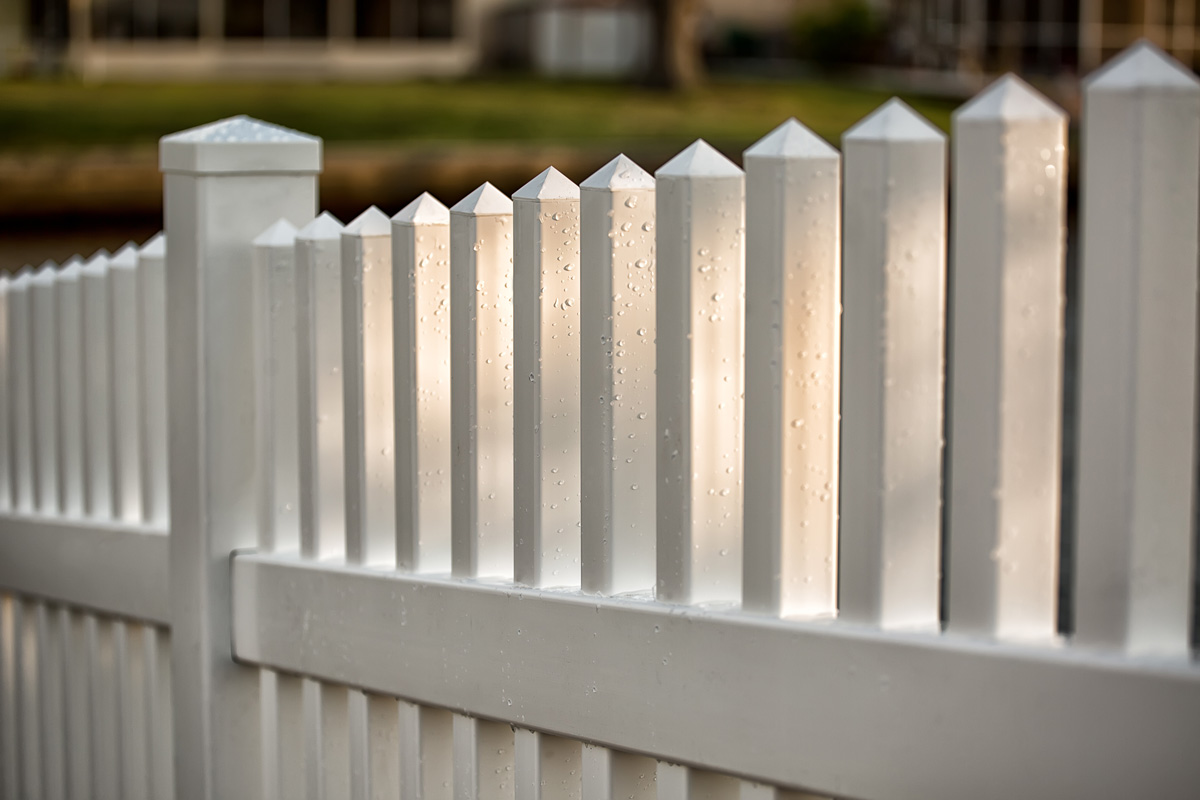
Fence manufacturers use PVC or polyvinyl chloride to create a vinyl fence. They use PVC to create a wide range of products, including pipelines, doors, windows, and other high-durability items. This material is ideal for winter climates because it is long-lasting, weather-resistant material.
What Are The Do’s And Don’ts When Installing Vinyl Fences?
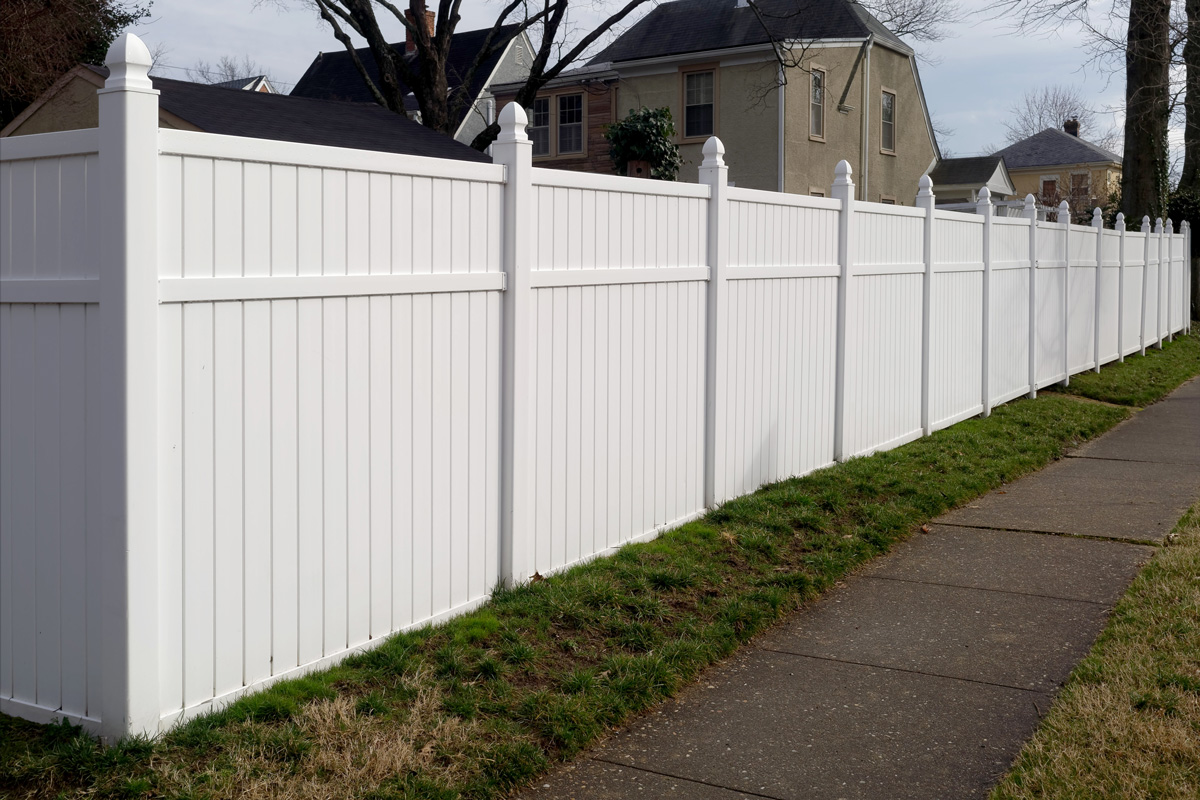
If you want your DIY vinyl installation to be successful, you should know all the dos, and don’ts.
Do Prepare the Yard
Before digging your yard, it would be best to call or visit the local assessor’s office to verify the property line and know what’s below the ground. For example, it could be dangerous if you unknowingly hit a utility line with your shovel.
You probably find this step inconvenient, but it is always best to prepare for everything. You can immediately start the installation if you have already distinguished your property line and located the utility lines underground.
Lastly, clear the area from rocks, plants, or bushes that might hinder your installation.
Don’t Install The Fence Posts Too Close To Each Other
The flexibility of vinyl fences will depend on the installation. They can withstand minor impacts and extreme winds as long as you install them correctly.
If you install vinyl fence posts too close, they will become rigid. The fence’s rigidness will restrict its ability to bend, thus, damaging the fence. Avoid this problem from occurring by following the appropriate distancing of fence posts.
Read more about: "Should Fence Posts Be Set At An Angle?"
Don’t Excavate Shallow Holes
It would be best to set each fence post stable in the ground. Doing this will help you a lot, especially if you live in a region with heavy winds or soft soil—because a fence is only as sturdy as the fence posts that brace it.
In harsh weather, fence posts with shallow depth holes are more prone to lean under the heaviness of the fence or possibly blow over completely.
Wrap It All Up

If you want to make the most out of a vinyl fence, you should install it correctly and always follow the tips and advice of fence experts.
We hope you find this post enjoyable to read. And if you want to continue reading, you can check the articles below or visit our website for numerous posts to choose from. Thank you!
5 Types Of Fence Post Caps [How To Choose For Your Type Fence]
Should Fence Posts Be Pressure Treated? [And How To Prevent Rotting]

![A modern middle class home with its backyard being enclosed for privacy by a new, modern style white vinyl fence. Green grass, and blue sky is in the background., Can Vinyl Fencing Withstand Wind? [Plus 7 Windproofing Tips!]](https://fencefixation.com/wp-content/uploads/2022/06/A-modern-middle-class-home-with-its-backyard-being-enclosed-for-privacy-by-a-new-modern-style-white-vinyl-fence.-Green-grass-and-blue-sky-is-in-the-background-600x400.jpg)
